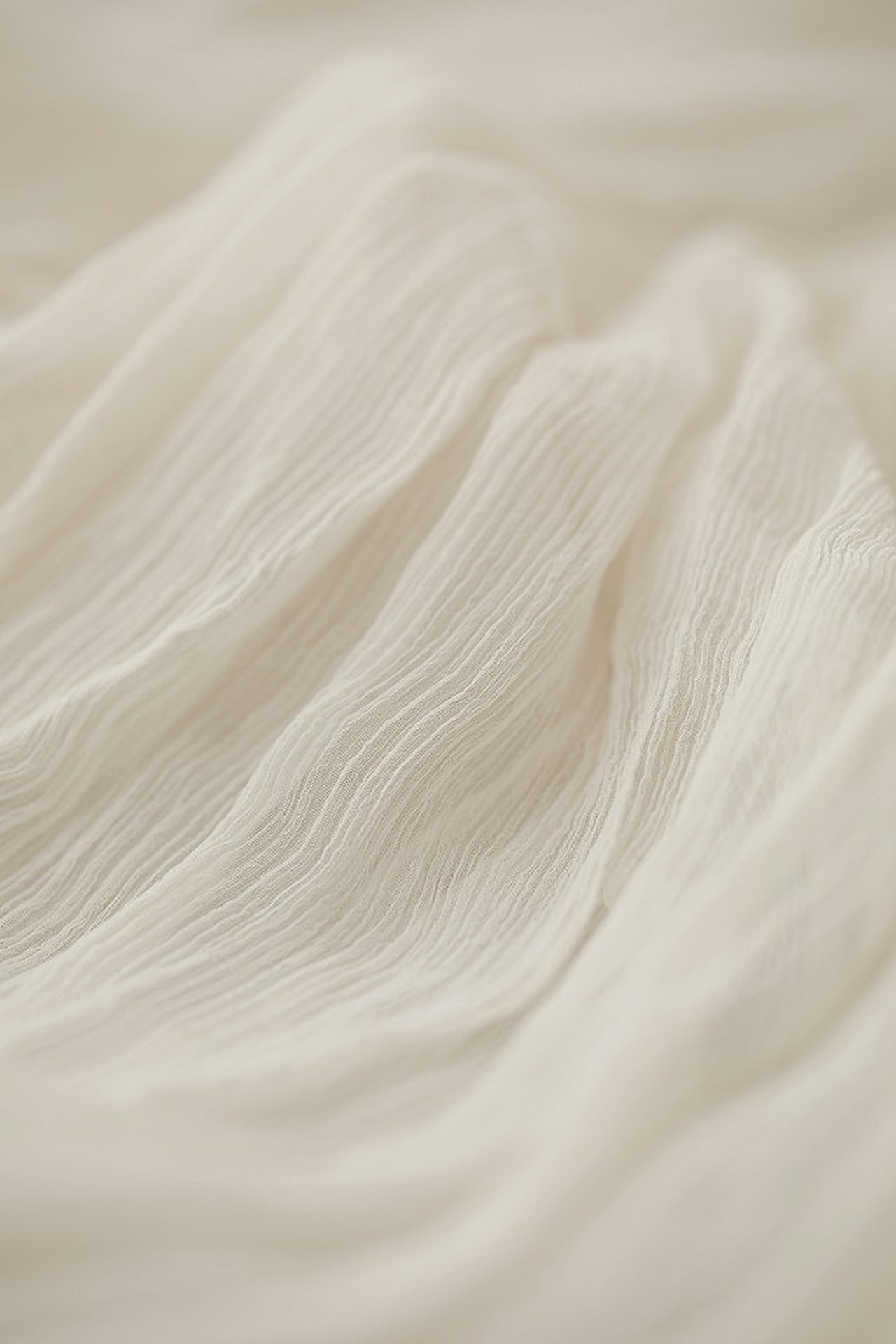
Skin Tightening





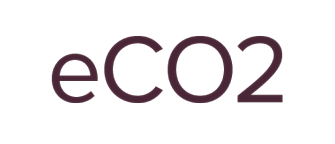




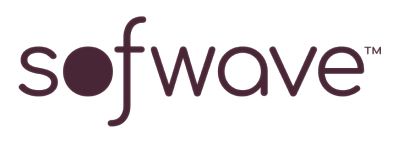
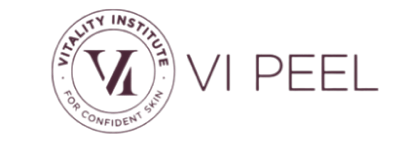









As we age, collagen production slows, skin begins to thin, and areas that once felt taut, like the jawline, cheeks, or brows, start to soften or sag. For many people, this change is subtle at first - until it’s not. The good news? You don’t need surgery to restore firmer, more resilient skin. At Little Laser Clinic in Long Island City, we use advanced, non-invasive technologies to tighten skin and support collagen from the inside out.
Led by Christine Chen, PA-C, our skin tightening treatments include SofWave, CO2 laser resurfacing, and RF Microneedling (RFMN). Each treatment is customized based on your skin type, level of skin laxity, and preferences regarding downtime. Whether you’re looking to lift your jawline, soften under-eye crepiness, or delay the need for surgical intervention, these clinically proven modalities offer subtle, natural-looking results with minimal interruption to your daily routine.

Stimulates collagen and elastin for visibly firmer, more youthful skin

Targets mild to moderate laxity on the face, neck, jawline, or around the eyes

Options include SofWave, CO2 laser, and RF microneedling

Little to no downtime depending on the method
Non-surgical skin tightening utilizes heat, radiofrequency, or ultrasound energy to stimulate collagen production deep within the dermis, resulting in skin that appears firmer, smoother, and more lifted over time. Unlike injectables or fillers, these treatments work by encouraging your body to rebuild its natural scaffolding, offering a slow, steady improvement that’s both visible and long-lasting.
Each option can be performed as a standalone treatment or in combination for enhanced results. At Little Laser Clinic, we offer three clinically backed skin tightening options:

Uses ultrasound waves to heat the mid-dermis and stimulate collagen. It is effective for tightening the lower face, jawline, and around the eyes.

Offers tightening plus resurfacing by targeting both texture and laxity. It’s ideal for individuals with visible sun damage, fine lines, and more pronounced changes associated with aging.

Combines microneedling with radiofrequency energy to promote collagen remodeling and skin tightening, resulting in less downtime compared to ablative laser treatments.
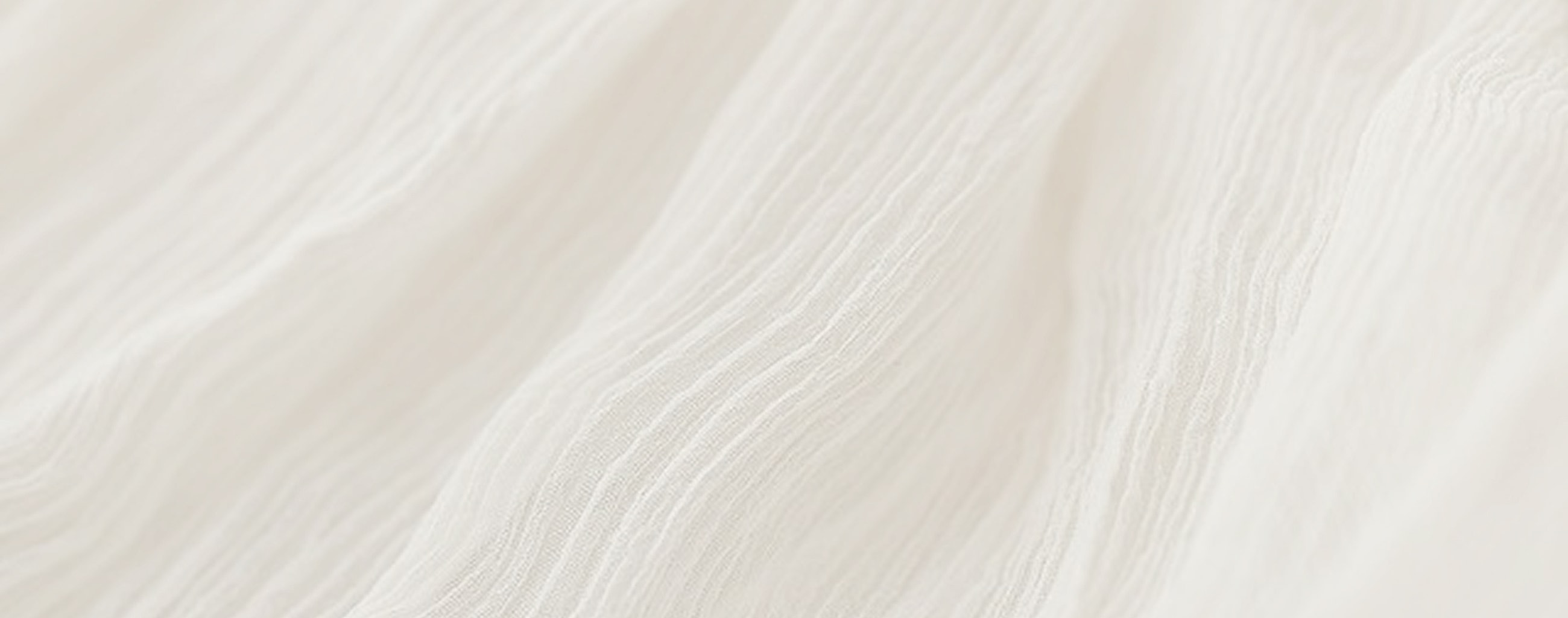
Your experience depends on the method chosen. Christine Chen, PA-C, will walk you through every step in advance and select the right treatment based on your skin condition and downtime preferences.
Christine’s approach is conservative, precise, and informed by her dermatology background, especially when treating skin of color or sensitive skin types.


Skin tightening treatments are ideal for mild to moderate signs of skin laxity and volume loss. Common concerns treated include:
Christine may recommend combining these treatments with PRF, filler, or medical-grade skincare to improve your skin’s overall strength and elasticity.
Non-surgical skin tightening doesn’t freeze or fill - it rebuilds. It’s ideal for clients who want meaningful skin improvement without an “overdone” look. Benefits include:
Because results develop gradually, the change is natural-looking. You’ll look like you, just more rested and refined.
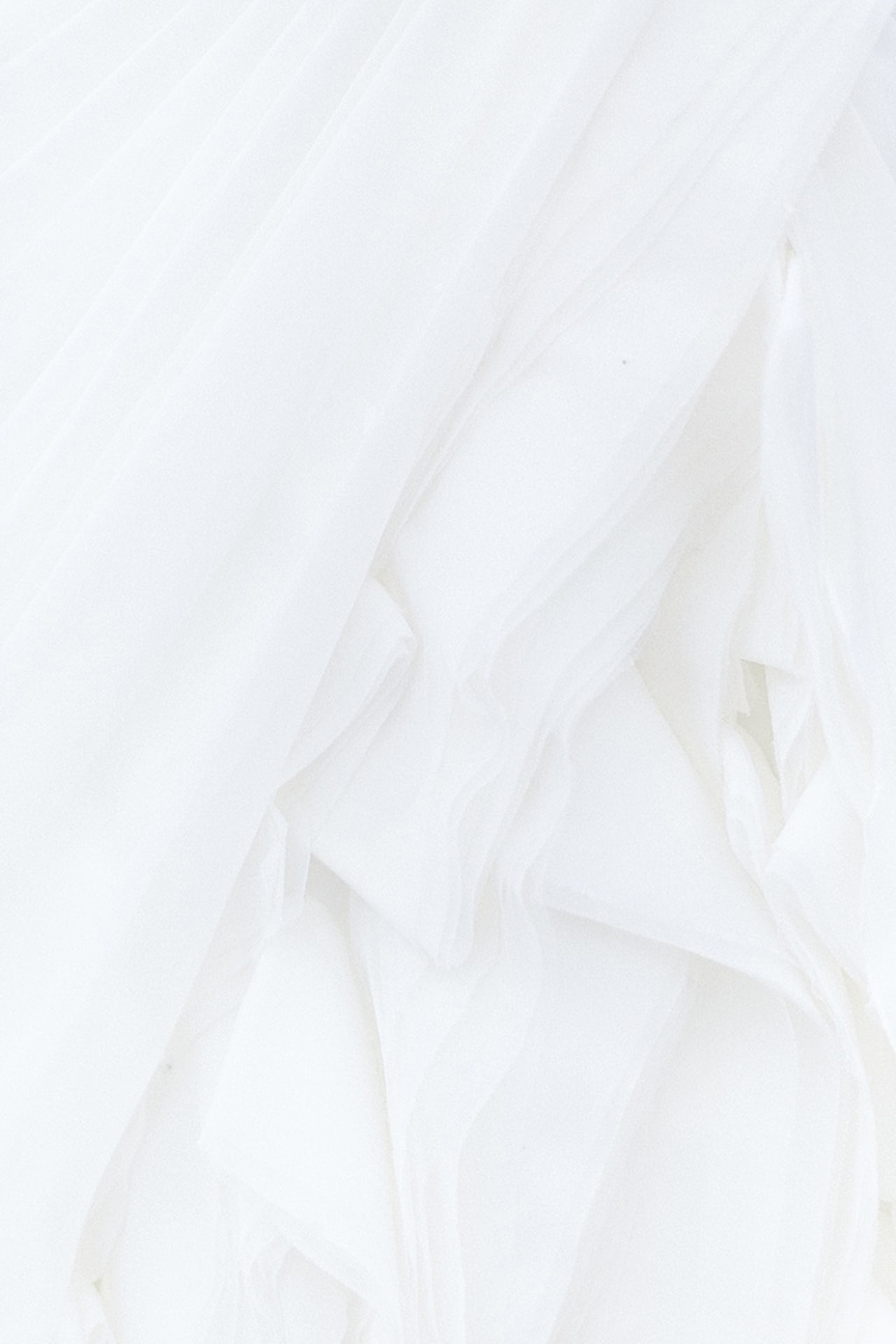
Ideal patients are in their 30s to 60s with mild to moderate laxity who prefer a non-surgical option. Treatments are safe for all skin tones and customizable for sensitive or pigment-prone skin.
You may be a candidate if you're beginning to notice:
During your consultation for skin tightening Long Island City skin rejuvenation specialist, Christine Chen, will assess your skin in person and advise if you're better suited for SofWave, RFMN, or CO2 - or a combination of approaches.

Recovery times vary depending on the treatment:
Christine will walk you through aftercare for your skin type and ensure you’re set up for smooth, safe recovery.

Results vary by treatment, but most clients start to see firmer, more lifted skin within 4–6 weeks, with continued improvement for 3–6 months as collagen rebuilds.
Christine may recommend maintenance sessions every 6–12 months, depending on your age, lifestyle, and skin goals.
Christine Chen, PA-C, combines dermatology expertise with advanced aesthetic techniques, making her uniquely equipped to tighten skin safely across all skin types. Her approach is always personalized, conservative, and medically informed. Whether you’re managing aging skin, post-weight loss laxity, or looking for a pre-event skin boost, you’ll receive care that’s both clinically sound and aesthetically elevated.
At Little Laser Clinic, our goal isn’t just firmer skin - it’s confidence in your reflection, without ever feeling overdone.
SofWave is best for lifting and collagen support with no downtime. RF microneedling targets both laxity and texture and can be more customizable across skin types. Christine will help determine what’s right for you.
There is some heat and pressure during the treatment, but a numbing cream is applied to improve comfort. Most clients tolerate it well.
SofWave typically requires only one treatment, followed by annual maintenance. RF microneedling is typically performed in a series of three sessions for optimal results. CO2 is typically a once-per-year treatment for resurfacing and tightening.
Yes. Christine often pairs skin tightening with PRF, fillers, or pigment treatments for a comprehensive approach.
Yes. All treatments offered at Little Laser Clinic are selected and calibrated to be safe for skin of color. Christine has extensive experience working with skin tones across the Fitzpatrick scale.
Initial improvements may be visible within 4-6 weeks, with continued improvement over the next 3-6 months as collagen continues to build.
Sofwave has no downtime. RF microneedling has 1-3 days of redness. CO2 laser involves 5-7 days of peeling and healing.
With proper skincare and sun protection, results can last 12 months or more. Maintenance varies based on your age and skin health. We will help you find a maintenance rhythm that works for you.
Yes. Both Sofwave and RF microneedling provide skin tightening without laser energy, making them excellent options for those who prefer less aggressive treatments.
Many clients start in their 30s as a preventive measure. It's also effective in your 40s, 50s, and beyond to rebuild collagen and slow visible aging.